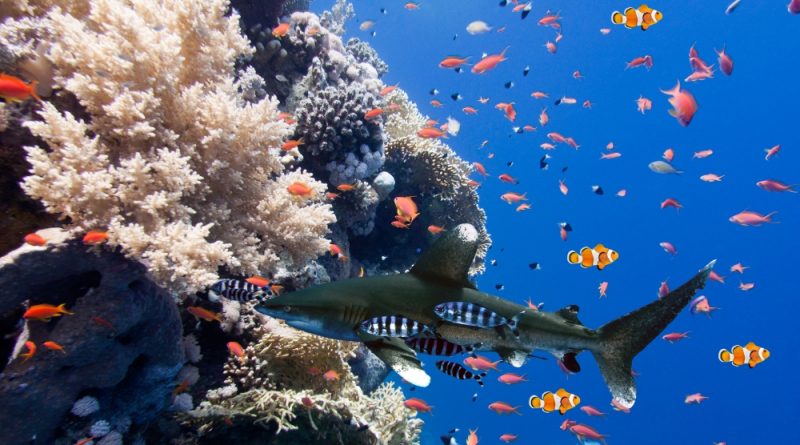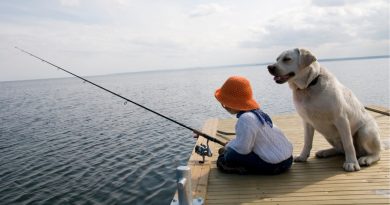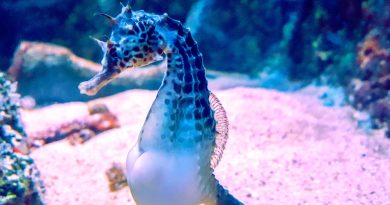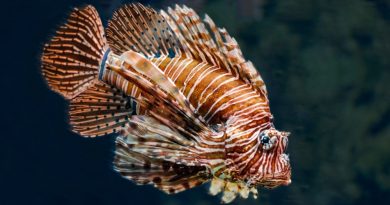The Importance of Ecosystems for the Biodiversity of Marine Life
Understanding Coastal Ecosystems
Coastal ecosystems play a crucial role in maintaining marine biodiversity and are of utmost importance for marine life. These areas, where the terrestrial environment meets the sea, are rich in natural resources and offer a variety of habitats that support a wide range of species.
Here are some important aspects regarding the importance of coastal ecosystems for marine biodiversity:
Nursery for marine life: Many marine species, including fish, mollusks, and crustaceans, utilize coastal ecosystems as breeding and nursery areas. Shallow waters, estuaries, and mangroves provide ideal conditions for the growth and development of larvae and juveniles of various marine species. These protected areas offer shelter and food, enabling species to reproduce successfully and contribute to the maintenance of marine populations.
Biodiversity and interconnection: Coastal ecosystems harbor a great diversity of marine species, including algae, corals, fish, seabirds, and marine mammals. This biodiversity is essential for the ecological stability and healthy functioning of marine ecosystems overall. Additionally, many coastal species are interconnected in food chains and symbiotic interactions, meaning that disturbance to one component of the ecosystem can affect several other species.
Protection against coastal erosion: Coastal ecosystems, such as mangroves, sand dunes, and coral reefs, play a fundamental role in protecting against coastal erosion. The roots of coastal plants, for example, help stabilize the soil and reduce erosion caused by wave action. These ecosystems also act as natural barriers, absorbing wave energy and protecting neighboring coastal areas from storms and surges.
Nutrient cycling and water purification: Coastal ecosystems also play an important role in nutrient cycling and water purification. Coastal plants, such as marine algae, absorb excess nutrients like nitrogen and phosphorus, which can originate from human activities and terrestrial pollution. This helps maintain water quality and prevent issues like eutrophication, which can lead to harmful algal blooms and low oxygen events.
It is crucial to recognize the importance of coastal ecosystems and implement appropriate conservation practices to protect and preserve these areas. The degradation and loss of these ecosystems can have negative impacts on marine biodiversity, fisheries, coastal tourism, and human well-being in general.
Here are some conservation measures that can help preserve coastal ecosystems and marine biodiversity:
Establishment of protected areas: Creating marine reserves and coastal protected areas is an effective way to preserve coastal ecosystems and marine biodiversity. These areas can help regulate human activities, limit overfishing, and protect critical habitats for threatened species.
Sustainable fisheries management: Implementing sustainable fishing practices, such as adopting minimum catch sizes, fishing quotas, and closed seasons, helps preserve fish populations and avoid overfishing. This is crucial for maintaining a balanced marine food chain and protecting biodiversity.
Control of coastal pollution: Reducing pollution from land-based sources, such as agricultural runoff, domestic sewage, and industrial pollutants, is essential to protect coastal ecosystems and marine life. Implementing proper wastewater treatment systems and raising awareness about the importance of avoiding coastal pollution are important measures in this regard.
Restoration of degraded coastal habitats: When coastal ecosystems are damaged or degraded, restoring these areas is crucial to recover marine biodiversity. This may involve replanting mangroves, rehabilitating damaged coral reefs, or restoring coastal dunes.
Education and awareness: Promoting environmental education and increasing awareness about the importance of coastal ecosystems and marine biodiversity is crucial. This can be achieved through educational campaigns, awareness programs, and community engagement to ensure that people understand the significance of these areas and adopt sustainable practices in their use and conservation.
Conclusion:
Protecting coastal ecosystems and marine biodiversity is crucial to ensure the health and sustainability of our oceans. These efforts not only benefit marine life but also provide essential ecosystem services for coastal communities and society as a whole.




